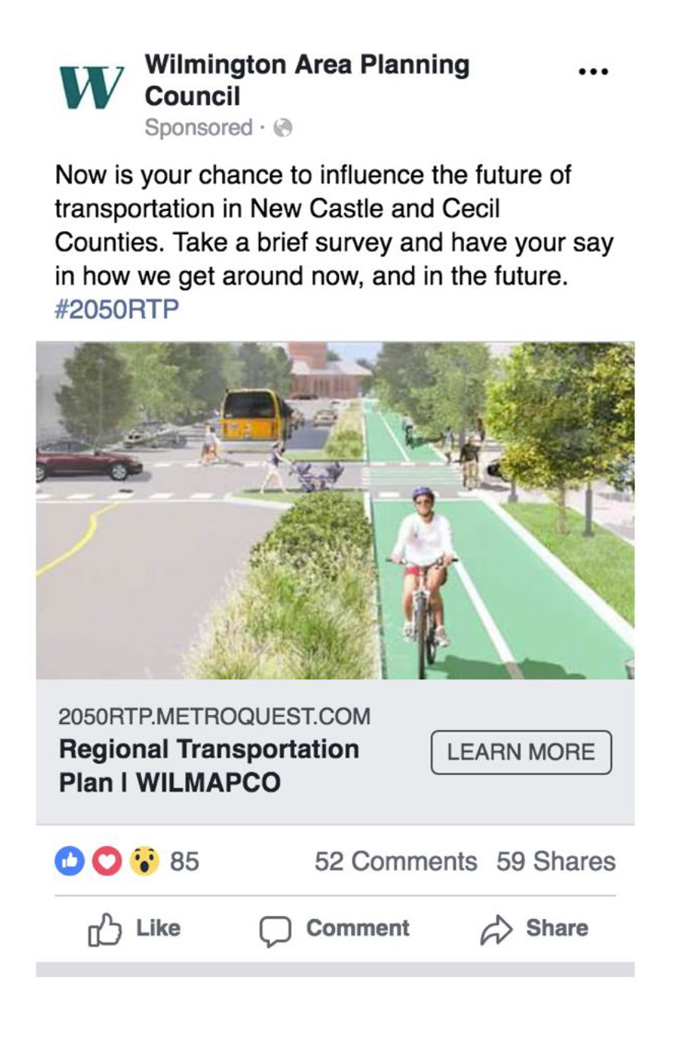States Make Innovation Everyday Practice
State Transportation Innovation Council (STIC) Incentive funds offer STICs an edge in their efforts to mainstream new technologies and practices. STICs are using funds to advance innovations such as weather-responsive management strategies, virtual public involvement, data for traffic operations, three- dimensional (3D) modeling, and traffic incident management (TIM).
Incentives Boost Innovation Deployment
In Colorado, Weld County installed road weather information system (RWIS) stations on County Road 49, a primary arterial connecting two interstates. The stations relay pavement surface conditions, pavement temperature, and atmospheric conditions to the Weld County Public Works Department. This enables the department to deploy snowplows proactively and use deicing materials more efficiently during severe weather, improving safety and saving time and resources. The RWIS data helped the county make decisions on snow and ice strategies during several storms in the 2018–2019 winter season. For information, contact Clay Kimmi of Weld County.
In Delaware, the Wilmington Area Planning Council (WILMAPCO) used virtual public involvement tools to bolster outreach for its 2050 Regional Transportation Plan. The council’s strategy combined technological tools, such as virtual workshops and public outreach software to conduct a survey on plan goals and investment priorities, with in-person events, such as pop-up workshops at farmers markets and universities and presentations at community meetings. By adding innovative outreach methods, WILMAPCO doubled engagement to 1,855 people on the 2050 plan, compared to 926 people on the 2040 plan. The council got 639 comments on the 2050 plan, more than 125 times the five comments received on the 2040 plan. For information, contact Tigist Zegeye of WILMAPCO.
 The Wilmington Area Planning Council reached 40,000
people with social media promotion of 2050 Regional
Transportation Plan outreach activities, including a survey.
The Wilmington Area Planning Council reached 40,000
people with social media promotion of 2050 Regional
Transportation Plan outreach activities, including a survey. STIC Incentive funds helped the Iowa Department of Transportation (DOT) implement a traffic operations open data service. The Iowa DOT uses the data feeds from this service in project prioritization, lane-closure planning, and traffic management center (TMC) applications. A work zone alert feed, for example, identifies work zones where traffic has slowed or stopped and triggers text alerts to Iowa DOT staff. The Iowa DOT expects the data service to provide savings to State and local agency staff who obtained information from multiple services in the past. For information, contact Skylar Knickerbocker of the Iowa State University Center for Transportation Research and Education.
The Maine Department of Transportation (MaineDOT) used STIC Incentive funds to develop and implement a process to share 3D model data with contractors to simplify the use of automated machine guidance (AMG) on projects. The process provides contractors with 3D data generated through the design process for use in construction model creation and choice on the selection of AMG equipment. MaineDOT then compares the contractor’s construction model with the design data and inspects the project to verify conformity to the design. MaineDOT reports that both large and small contractors are now expanding their use of AMG equipment. For information, contact Brian Kittridge of MaineDOT.
The Tennessee Department of Transportation (TDOT) is adapting a predictive analytics model to enhance its HELP program, which operates service patrols to respond to urban freeway incidents. HELP is part of the department’s TIM program to clear incidents safely and quickly. The Tennessee Department of Safety and Homeland Security developed the original analytics model, which predicts the likelihood of incidents occurring in an area at a given time. TDOT will use the adapted model at its TMCs to guide HELP truck deployment. TDOT used STIC Incentive funds to begin the systems engineering development process, including producing a concept of operations and outlining specific systems requirements. Vanderbilt University is continuing design and implementation of the model, which will improve safety and incident response times. For information, contact Brad Freeze of TDOT.
Project Inspiration

States are using STIC Incentive funds to mainstream innovations from a variety of sources, including Every Day Counts (EDC). During a national STIC meeting webcast, Center for Accelerating Innovation (CAI) Director Thomas Harman offered ideas for EDC-related projects.
“Develop performance measures based on crowdsourced data that are consistent with your organization’s goals,” Harman said. “Or conduct outreach to help local governments understand value capture and identify funding opportunities to advance transportation projects faster.”
State EDC coordinators can supply additional suggestions for STIC Incentive projects and assist with funding applications.
